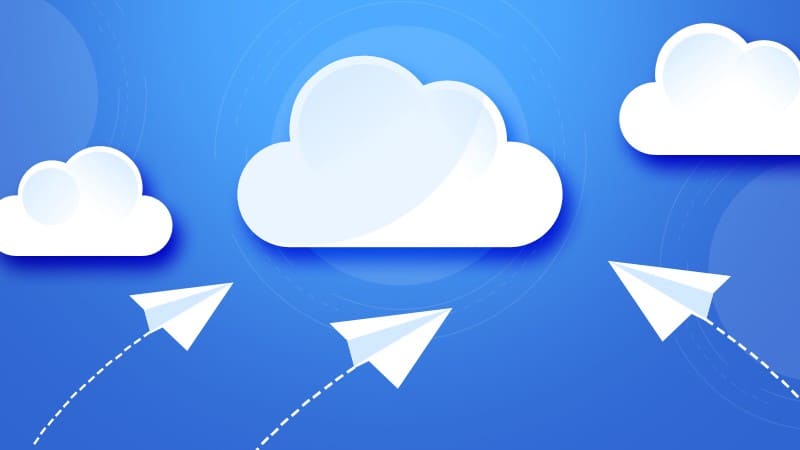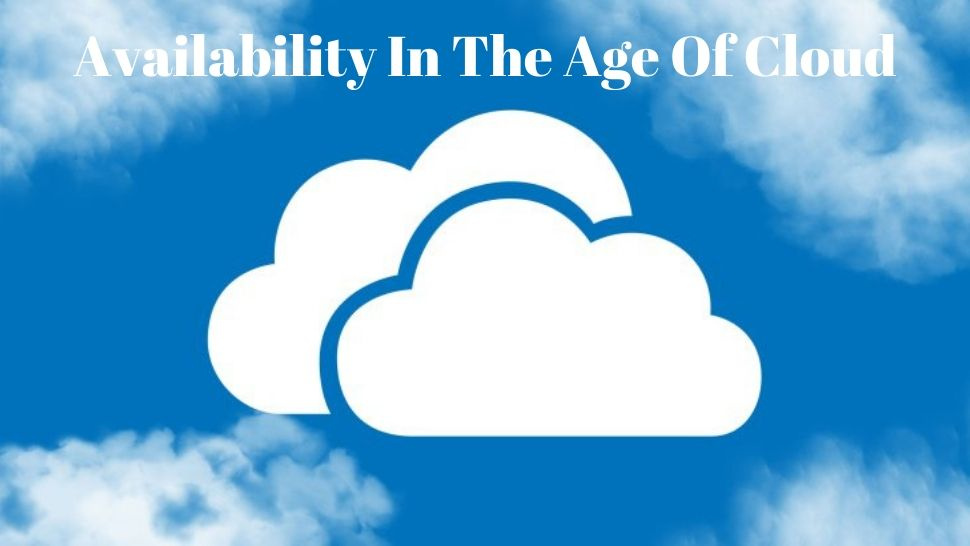IT, on the other hand, is tasked with knowing how to protect them. How secure are your critical functions in this cloud age? Do you have a disaster recovery plan? How often do you consider this plan? How often is it updated? Do you all know what to do in the event of an emergency? We don't want to scare you, but this (eGuide) reminder will help answer some of these questions.
Back up for the cloud is not the same as standard data backup.
You need to implement some kind of recovery of a cloud-based system, with different costs and risks.
Backup is, simply, a good policy. You need the ability to have a backup of your data and applications in place so that they can somehow be restored to sustain business in the event of a natural or man-made disaster that knocks down basic business-critical systems.

We have entire industries that provide backup sites and backup technologies. They can be passive, which means you can restore the site and restore it to function within a short period of time. Or they can be active (which costs more), which means they can immediately download the features of an attacked system with current data and an update code - in some cases, so users don't even notice it.
In the cloud, disaster recovery involves a new set of decisions that are not the same as decisions made for systems on your own premises. Your approach should reflect the value that applications and datasets have on your business. I suggest you look at the practicalities of it all and also make sure you don’t waste more than the valuable configuration you are recovering from a disaster.
Option 1: Region-to-Region Disaster Recovery
You can, to provide recovery, set up two or more regions with the same public cloud provider - so if, for example, one region falls, there are other regions in the country that take over.
You can pay to have backed up replicas of your data and applications, which can seamlessly retrieve all features (this is an active recovery). Or you can use cheaper approaches, such as deployed backup to passive mass storage, to activate quickly in another region (that is, passive recovery)

Option 2: Cloud-To-Cloud Disaster Recovery
The most common questions I get are: What if has the entire public cloud provider dropped? How can we protect ourselves from long-term power outages?
Using one public cloud to back up another public cloud would allow you to, for example, use Amazon Web Services to back up Azure, or vice versa, or another pair of vendors. While this seems like the latest disaster recovery solution - and betting on multiple outcomes at the same time - using multiple clouds just to support disaster recovery means keeping two different sets of skills, two different platform configurations, and other costs and risks.
Ongoing cloud-to-cloud system replication (ie intercloud replication) increases the likelihood that something bad will happen. This is not what you want when trying to replicate primary and backup platforms. While not impossible, intercloud replication is five times harder than replication within the same provider. Therefore, support for intercloud is almost non-existent, except with a few smart consultants.




Share the News